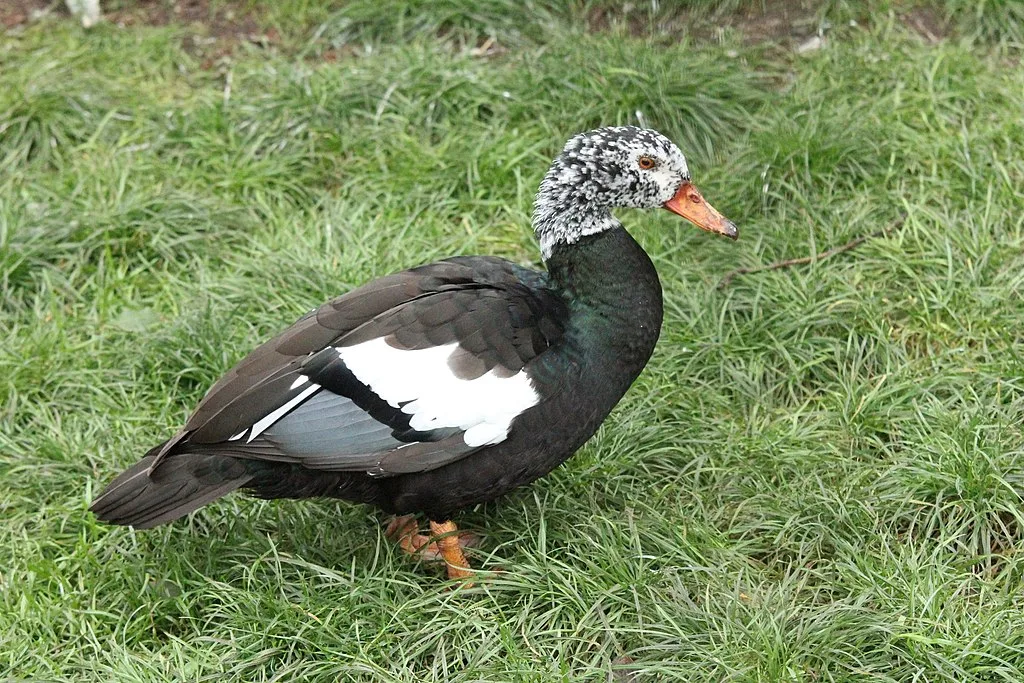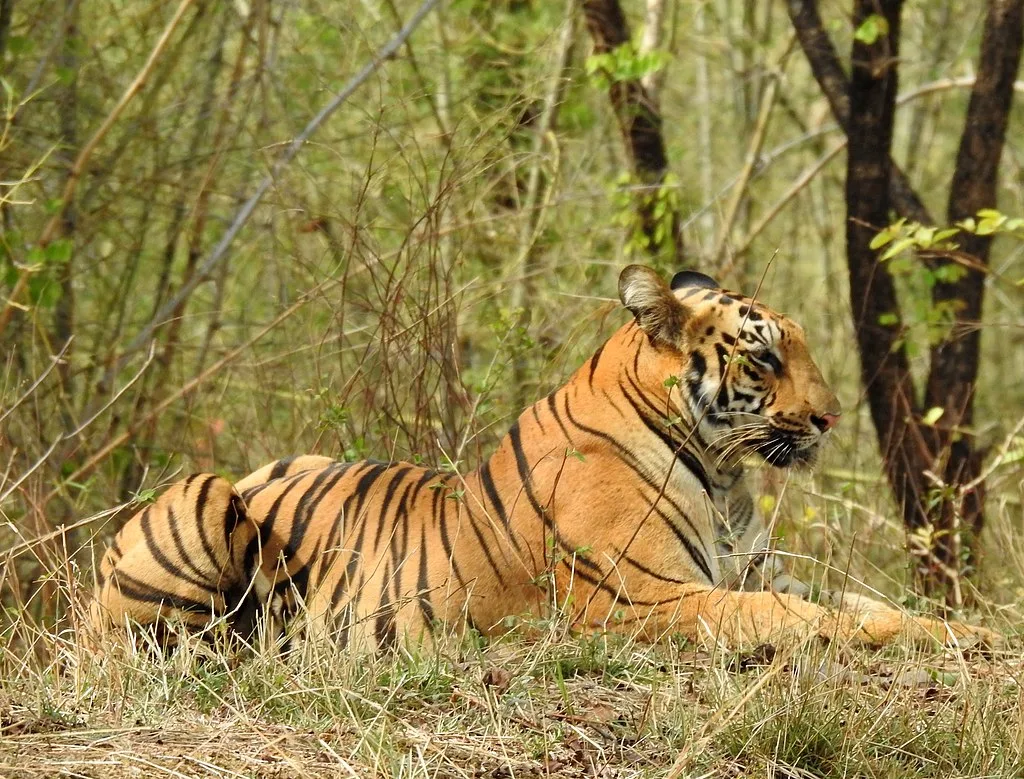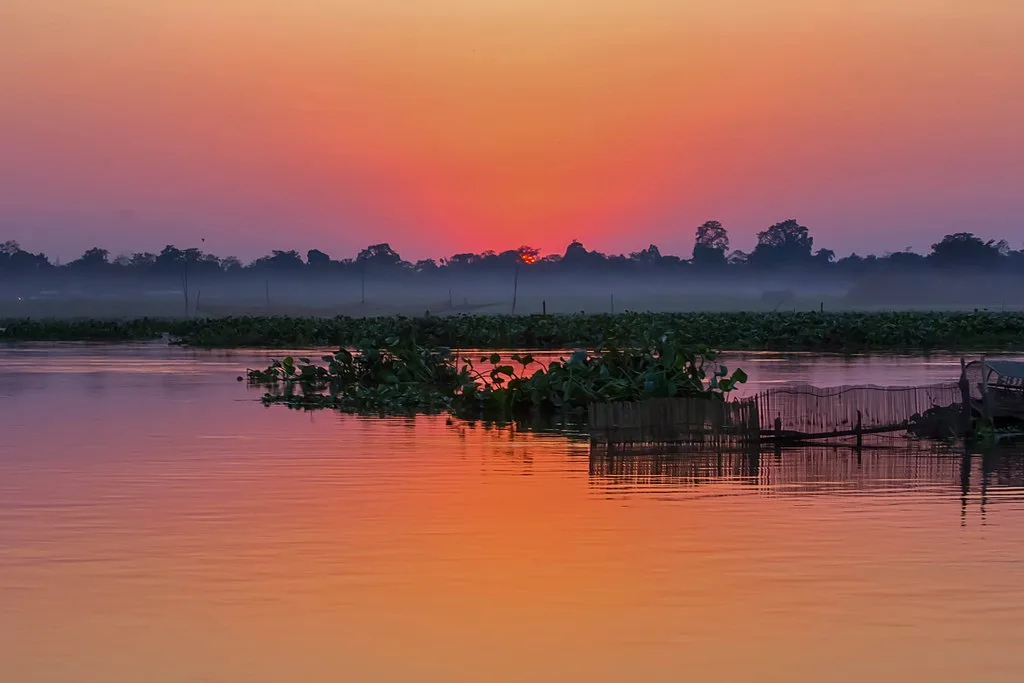Nestled in the northeastern corner of India, Dibru-Saikhowa National Park emerges as an untouched haven, inviting nature enthusiasts and wildlife aficionados to explore its pristine landscapes. This national park, located in the state of Assam, stands as a testament to the region’s diverse ecosystems and rich biodiversity. Let’s embark on a journey to uncover the secrets of Dibru-Saikhowa National Park, from its unique flora and fauna to the immersive experiences it offers amidst the untamed wilderness.
What is Dibru-Saikhowa National Park Famous For?

Dibru-Saikhowa National Park is renowned for its diverse ecosystems, housing a variety of flora and fauna. The park’s claim to fame lies in being one of the few places where the rare white-winged wood duck is found. Additionally, it serves as a crucial habitat for feral horses known as feral ponies, wild buffalo, and other endangered species, making it a hotspot for wildlife enthusiasts.
History of Dibru-Saikhowa National Park
Established in 1999, Dibru-Saikhowa National Park has a history steeped in conservation efforts. Initially, it was designated a wildlife sanctuary in 1986, and its subsequent upgrade to national park status aimed to protect the diverse ecosystems of the region. The park’s history is intertwined with the conservation of rare and endangered species, emphasizing its importance in the ecological landscape of Assam.
Flora at Dibru-Saikhowa National Park
Entering Dibru-Saikhowa National Park immerses visitors in a botanical wonderland. The park boasts a diverse range of flora, including lush grasslands, dense forests, and vibrant wetlands. The mesmerizing array of orchids, ferns, and medicinal plants creates a picturesque landscape that changes with the seasons, providing a visual feast for nature enthusiasts.
Fauna at Dibru-Saikhowa National Park

The real magic of Dibru-Saikhowa unfolds as visitors encounter its diverse fauna. The park is home to various species, including the endangered white-winged wood duck, Bengal tiger, and clouded leopard. The park’s wetlands provide a habitat for numerous migratory birds, making it a paradise for bird watchers eager to spot both resident and visiting avian species.
Maguri-Motapung Beel and Dolphin Spotting

One of the highlights of Dibru-Saikhowa National Park is the enchanting Maguri-Motapung Beel. This large wetland ecosystem is a haven for bird watchers, with numerous species of waterfowl and migratory birds. Additionally, the park is home to the endangered Gangetic River Dolphin, and river safaris offer a chance to spot these majestic creatures in their natural habitat.
How to Reach Dibru-Saikhowa National Park
Nearest Airport and Railway Station
For those planning a visit, the nearest airport is Dibrugarh Airport, while the nearest railway station is Dibrugarh Town Railway Station. Both provide convenient access to Dibru-Saikhowa National Park, allowing visitors to seamlessly transition from urban areas to the heart of Assam’s wilderness.
Road Connectivity
Dibru-Saikhowa National Park is well-connected by road, making it accessible from various parts of Assam. Tinsukia, a major town in the region, serves as a gateway to the park. Travelers can hire taxis or use public transportation to reach the park, enjoying scenic drives through the Assamese countryside.
Accommodation Options
To enhance the Dibru-Saikhowa experience, the park offers a range of accommodation options. From eco-friendly lodges to cozy guesthouses, visitors can choose accommodations that complement the natural surroundings. The park’s proximity to Tinsukia provides additional lodging choices for those exploring the region.
Best Time to Visit Dibru-Saikhowa National Park
The ideal time to visit Dibru-Saikhowa National Park is during the post-monsoon and winter months, from November to March. The weather is pleasant, and the park comes alive with lush greenery and blooming flora. This period also offers optimal conditions for wildlife sightings and bird watching.
Things to Do at Dibru-Saikhowa National Park
1. Bird Watching and Wildlife Safari
Explore the park’s diverse ecosystems through wildlife safaris and bird-watching excursions. The wetlands and grasslands provide opportunities to spot rare and endangered species, creating an unforgettable experience for nature enthusiasts.
2. River Safari on the Brahmaputra

Embark on a river safari on the Brahmaputra River, exploring the park’s waterways and spotting the elusive Gangetic River Dolphin. The river safari offers a unique perspective of Dibru-Saikhowa’s landscapes and wildlife.
3. Trekking and Nature Trails
Discover the park’s diverse flora and fauna through trekking and nature trails. Guided walks provide insights into the region’s ecological importance and its role in the conservation of endangered species.
4. Maguri-Motapung Beel Exploration
Visit Maguri-Motapung Beel for an immersive bird-watching experience. The wetland ecosystem is a bird watcher’s paradise, offering glimpses of both resident and migratory avian species.
Interesting Trivia about Dibru-Saikhowa National Park
- Dibru-Saikhowa is one of the largest salix swamp forests in North East India, showcasing a unique wetland ecosystem that supports diverse flora and fauna.
- The park is home to the only population of the endangered white-winged wood duck in India, making it a crucial habitat for the conservation of this rare species.
- Dibru-Saikhowa National Park is recognized as a Biosphere Reserve, emphasizing its importance in the global context of biodiversity conservation.
In conclusion, Dibru-Saikhowa National Park stands as a testament to Assam’s commitment to conservation and the preservation of its natural heritage. From the rare white-winged wood duck to the enchanting Gangetic River Dolphin, every aspect of the park invites visitors to witness the untamed beauty of Assam’s wilderness.
